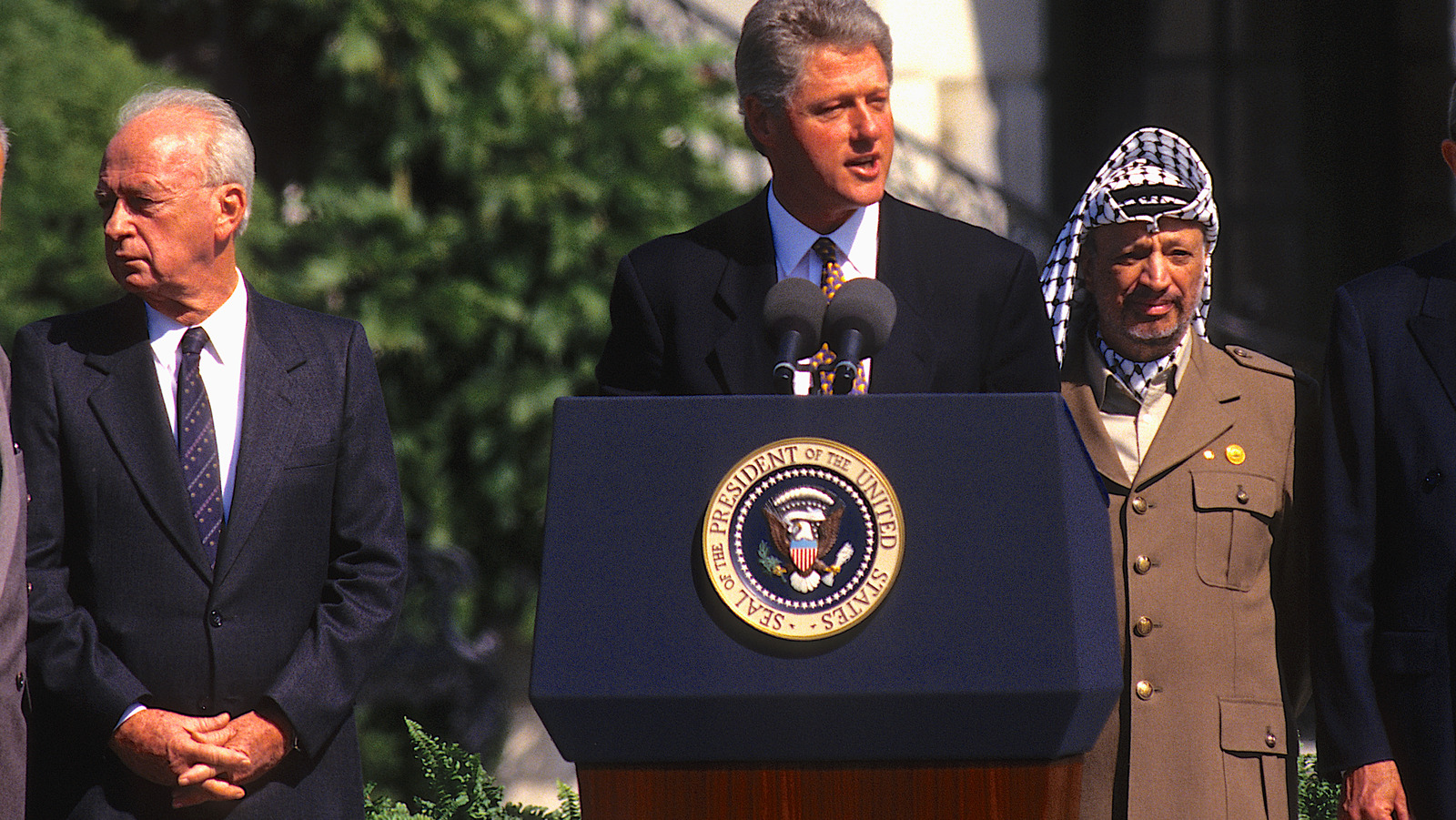
For those living outside of the Middle East, it’s both easy to see and difficult to imagine how stressful everyday life can be — especially when there’s the potential for peace talks resting in the hands of just a few people. According to the Israel State Archives, a delay in talks between the 1993 and 1995 signings of the Oslo Accords was blamed by some as the catalyst that ignited tensions and led to the 1994 Cave of the Patriarchs massacre.
Just what happened is as complicated as anything else that goes on in the Israeli-Palestinian conflict: On February 25, a Kach extremist walked into the holy place — located in Hebron — and opened fire on Muslims gathered there for Ramadan worship. Twenty-nine were killed, 129 were injured, and as news spread, so did other riots and protests.
Here’s where things get tricky. The cave is a holy site for Jews, once having belonged to Abraham — and it’s where he and his descendants are buried. Fast forward about 3,000 years, and the site was seized by Muslims, a mosque was built, and Jews were forbidden. Post-war, it was still off-limits to Jews, until the IDF took the site in 1967. It’s still a pilgrimage site of Muslims, hence, the conflict — and ultimately, a conspiracy theory that spread across Palestine that stated Israeli guards at the site stood by and let it happen.









